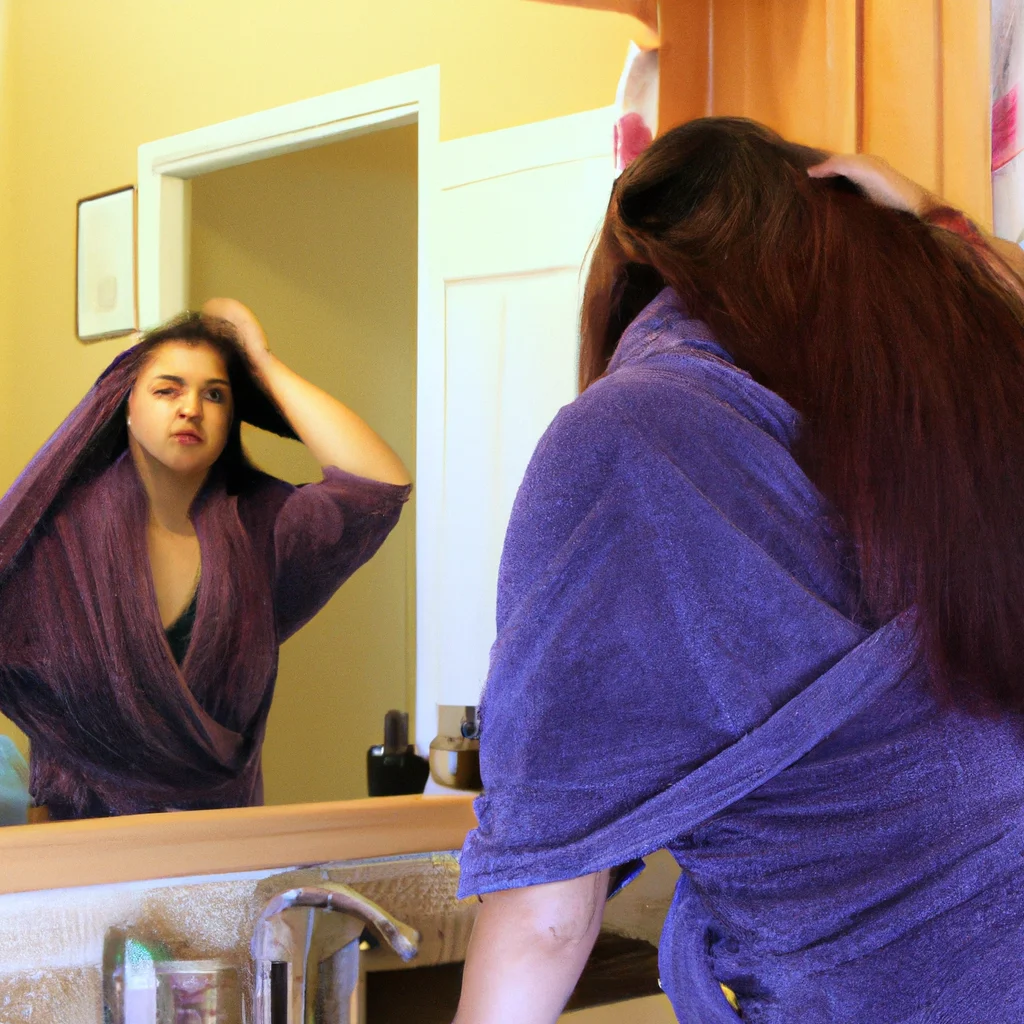Understanding Frizz: The Science Behind Frizzy Hair
Frizzy hair can be a persistent nuisance for many individuals, especially after showering. Understanding the underlying reasons for frizz is essential to addressing this common hair concern effectively. The main culprits of frizz typically include humidity, hair porosity, and damage from heat styling. When the cuticle of the hair is raised, moisture can enter, leading to the characteristic frizz. This phenomenon often worsens in humid conditions, making it crucial to employ strategies that manage these environmental factors.
Common Mistakes Americans Make After Showering
1. Skipping Conditioner
Many individuals often neglect the use of conditioner, believing that it may weigh their hair down or make it greasy. However, conditioner is vital for maintaining moisture, smoothing the hair cuticle, and reducing frizz. It is essential to choose a conditioner that suits your hair type, whether it’s fine, thick, or textured. A nourishing conditioner will help to seal moisture in the hair shaft, significantly decreasing frizz.
2. Rubbing Hair Dry with a Towel
After showering, one of the most common mistakes is vigorously rubbing the hair with a towel. This action can cause friction, leading to increased frizz and breakage. Instead, we recommend gently blotting the hair with a soft, microfiber towel or an old t-shirt. This method absorbs excess water without compromising the hair’s cuticle.
3. Using the Wrong Hair Products
Choosing hair products that do not cater to your specific hair type can significantly contribute to frizz. Products that contain alcohol can dry out the hair, while those that are too heavy may weigh it down. It is advisable to opt for products labeled as “frizz control” or “anti-frizz,” which often contain ingredients like silicones or oils that help to smooth the hair.
4. Overwashing Hair
Washing hair too frequently can strip it of its natural oils, leading to dryness and frizz. The ideal washing frequency varies per individual but generally, we recommend washing hair 2-3 times per week. When shampooing, it is important to focus on the scalp and allow the suds to cleanse the lengths of the hair without excessive scrubbing.
5. Not Detangling Properly
Detangling wet hair can be a delicate process. Many individuals use a regular brush, which can lead to breakage and frizz. Instead, we suggest using a wide-toothed comb or a detangling brush specifically designed for wet hair. Start detangling from the ends and gradually work your way up to minimize breakage.
Effective Strategies to Manage Frizz
1. Use a Leave-In Conditioner
A quality leave-in conditioner can provide much-needed moisture and protection throughout the day. Look for products rich in hydrating ingredients such as shea butter, argan oil, or coconut oil. Applying leave-in conditioner to damp hair helps to lock in hydration, which is essential for maintaining a smooth appearance.
2. Apply Hair Oils
Incorporating hair oils into your routine can significantly reduce frizz and add shine. Oils such as argan oil or jojoba oil are excellent choices. Apply a small amount to the ends of your hair after styling to help seal moisture and prevent frizz from forming throughout the day.
3. Consider the Right Hairstyling Techniques
Hairstyling techniques can greatly influence the appearance of frizz. For instance, using a diffuser when blow-drying can help maintain your natural wave or curl pattern while minimizing frizz. Additionally, air drying can be beneficial for maintaining moisture in the hair.
4. Invest in a Quality Hair Dryer
A hair dryer with ionic technology can help reduce frizz by neutralizing static and smoothing the hair cuticle. Always use a heat protectant spray before applying any heat to your hair to prevent damage and dryness.
5. Regular Hair Treatments
Incorporating regular hair treatments, such as deep conditioning masks or keratin treatments, can provide lasting moisture and protection against frizz. These treatments can help repair damage and restore the hair’s natural texture.
Conclusion
In conclusion, managing frizzy hair after showering requires understanding the causes and avoiding common mistakes. By implementing effective strategies such as using appropriate products, adopting the right techniques, and maintaining regular treatments, we can significantly reduce frizz and enhance the overall health of our hair. For further guidance on hair care routines, consider exploring resources provided by Nivax Lifestyle.


